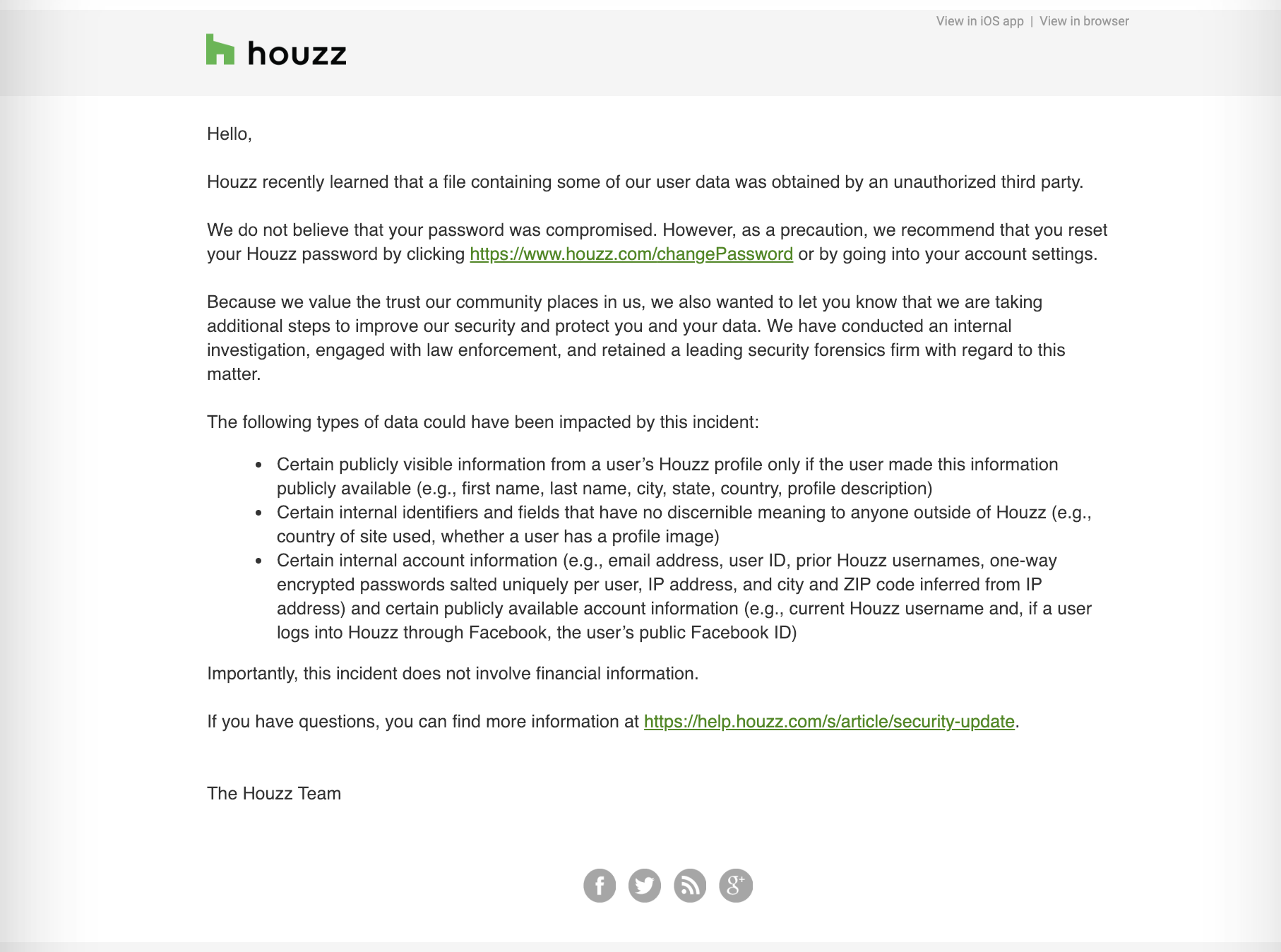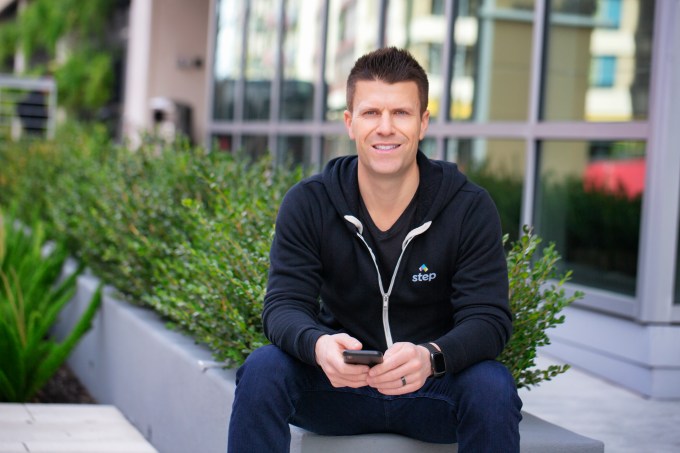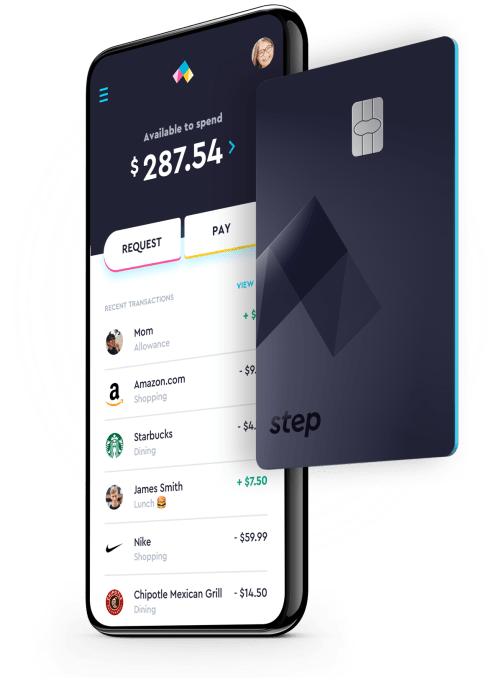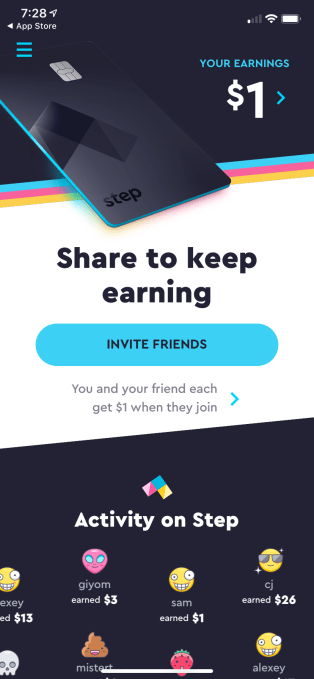
Product reliability and quality have become near-commodities in our world. The challenge then, for a business, is to find another way to differentiate yourself. And one of the best ways to truly engage customers is to connect with them via superior customer service.
Today, let’s look at a variety of companies whose have succeeded by doing precisely this. These companies have made their mark in the marketplace with their exceptional customer experience and extraordinary customer service.
Examples of Good Customer Service
1) Nordstrom — Be Willing to Say “Yes!” Every Time
Staying in business for over 100 years is extremely rare. Thriving in business for over 100 years — in a brutally competitive field — is even more so. Seattle-based Nordstrom has managed to pull this off. Year after year.
For example, Nordstrom is so customer-focused that it once refunded a customer for a tire purchase even though the company, of course, has never sold tires. You can always tell that the entire staff is committed to getting you a “yes” to anything you request.
Furthermore, as a retailing icon, Nordstrom has avoided the temptation to rest on its laurels. Instead, it has pursued up-to-the-minute technological improvements in its customer experience.
These are mainly in evidence at its new flagship store in Manhattan. Here virtual reality helps you get the perfect fit and fabric choice. Your new suit order is then sent off to Italy for manufacturing. The store handles returns right at the front door with an instant barcoded process for total customer convenience.
The big idea: Be ready to say “yes” to your customers, regardless of the request. With this approach, not only will you care for your customers, they’ll care for you as well.
2) Drybar — You Can’t Replace a Unique Customer Experience
Drybar is the coast-to-coast “blowout bar” phenomenon that has expanded quickly to nearly 100 locations from co-founder, Alli Webb’s basement. (Not to mention their bestselling line of hair dryers and hair care products carried at Sephora.)
The Drybar concept could quickly become a commodity and give in to knockoff operators. On the contrary, it might be a task to sway their fiercely loyal client base that loves a $40 hair wash and blowout.
Their secret? Fantastic customer experience at every single touchpoint. From the efficient booking process to the dozens of details that define a Drybar location — romantic comedies on flat screens and custom-designed chairs — every aspect of the experience has received special attention.
“The experience is everything,” says Drybar co-founder Michael Landau, who started the business alongside his sister, Alli Webb. “If it weren’t for the experience we create, we would be another place styling women’s hair. What we’re selling at Drybar is an experience. For 45 minutes, you get to relax and be pampered. Drink a mimosa and indulge in the guilty pleasure of the latest chick flick or celebrity magazine while someone washes and brushes your hair.”
The big idea: No matter what you’re selling, you can turn it into more than a commodity. Focus on every single touchpoint in the customer journey.
3) Danny Meyer’s Union Square — Making Your Customers Feel Special Never Gets Old
Danny Meyer is a wildly successful New York restaurateur, whose approach is based heavily on creating a real sense of hospitality. While not a chef himself, his many successful restaurants — including Gramercy Tavern, Union Square Café, and now, globally, Shake Shack — have the distinctive Meyer touch.
He only selects new employees based on what he calls the “hospitality quotient.” This includes six personality attributes — optimistic warmth, intelligence, work ethic, empathy, self-awareness, and integrity.
Another true mark of the Meyer touch includes personal recognition when a guest walks in the door. Meyer calls it ‘‘the number one reason guests cite for wanting to return.” Nothing escapes his attention or the attention of his talented staff!
The big idea: The human aspect of the customer experience is irreplaceable. Make sure your customers feel recognized and, in turn, they’ll give your company the recognition it deserves.
4) Virgin Atlantic Airlines — What Matters Most is How You Treat Your Unhappy Customers
It’s impossible to please every customer every time. But customer service statistics show what you do when a customer is unhappy can make all the difference. Virgin Brands are spectacular at using complaints as opportunities to bond more closely with the customer in question.
“A complaint is a chance to turn a customer into a lifelong friend,” says Richard Branson. “At Virgin, we think that if we address a complaint well, and even involve the customer in the solution, it brings customers closer to our brand.”
In a famous episode, a customer in first class (which Virgin Atlantic adorably calls Upper Class) encountered what sounds like a genuinely dreadful Indian-themed meal on an intercontinental flight. The letter he wrote (accompanied by stomach-turning photos) to Branson was both funny and disturbing.
The passenger described one item on his tray as a “miscellaneous central cuboid of beige matter.” This passenger later explains elsewhere that “the potato masher had obviously broken and so it was decided the next best thing would be to pass the potatoes through the digestive tract of a bird.”
The most significant part of the story isn’t the letter, though, it’s how Branson responded. Branson invited the passenger to help Virgin overhaul its menu, and ultimately to be on the board of the airline’s culinary council.
The big idea: A complaint is indeed a gift. If you can win over your upset customers, your business success will know no bounds.
5) Zappos — Empower Your Employees to Wow Your Customers
Can you imagine a leading e-commerce company whose core principle is “to live and deliver WOW”? Zappos is exactly that company. A fully-owned subsidiary of Amazon, Zappos grew to be a leader in online shoe and apparel sales through an obsessive devotion to the customer.
The company is willing to spend any amount of time on the phone to serve and to bond with a customer. Even up to a world record 10 hours and 29 minutes made famous on late-night TV by Jimmy Fallon! And employees will make every effort — and also spend company money — to do whatever it takes to please and “wow” customers.
Including flying to a customer’s home to return jewelry that had accidentally been shipped to the company, as recounted by Rob Siefker, the senior director of the contact center at Zappos:
Not too long ago, two of our customers — a newly married couple — were packing up their belongings to move to a new home. In the rush of the move, the husband packed his wife’s jewelry inside one of her purses and then kept the purse inside what he thought was a spare Zappos box.
[Once the wife figured out what had happened and why her jewelry was missing], The rep she reached out to at Zappos decided to reroute the box directly to his desk. Fearing for the safety of the valuables in transit, he purchased a plane ticket so he could hand-deliver the package himself. When he and the jewelry arrived, the grateful couple invited him in for dinner. They’re now customers for life, as you can imagine.
The big idea: Strive to wow — to surprise and delight — every customer. And involve and empower your employees in doing this every day.
6) Freddy’s Frozen Custard & Steakburgers — Invest in Your Customer Service Culture
Freddy’s has grown to over 280 locations across 31 states U.S. while sporting a retro vibe and some delicious burgers. (Yes, steakburgers are hamburgers by another name. They’re good, thanks to a pounded-flat preparation on the grill!)
Also, they have great Chicago-style hot dogs. And, they have a wild assortment of custard-based desserts. But the customer service truly distinguishes Freddy’s as well, with always-cheery employees behind the counter.
Freddy’s invests well beyond industry norm in customer service training and uses innovative methods for this as well. They have a mix of in-person training with brief but effective digital-based training (dubbed “Freducation”).
They also encourage employees to rise through the ranks. Recently, a group of employees who started as cooks and cashiers at an old company-owned location in Wichita worked themselves into management positions. They then went on to be successful operators of not one but two franchises, with more potentially on the way.
The big idea: A culture of customer service can enliven even the fastest-paced of business concepts. Grooming current employees as future leaders gives more opportunity for everyone to shine.
7) Safelite Autoglass — Customer Service is a Team Sport (Technology, Training, and Personnel)
In the face of macro trends that aren’t always ideal for anyone in the auto industry, Safelite Autoglass has grown, quarter after quarter, through a focus on improving the customer experience.
Part of this is through hiring. Nobody is hired to work at Safelite today who don’t make it through a profile. This is developed in-house with the assistance of a profiling company called Predictive Index, showing an affinity for working with customers.
Customer experience improvement has also been accomplished through training, both event-based and daily. The latter being what Safelite calls its “daily huddle” where customer service principles are discussed, once a day, throughout the company.
Third, Safelite has developed a unique approach to review and parse customer feedback received on surveys. Rather than concentrating on scores received, Safelite pays more attention to the nuggets that may be contained in the “verbatims.”
One of the themes discovered here recently was that it’s not just the length of the window that matters in terms of technician arrival. It’s also knowing that they’re on the way and that they’re in the neighborhood.
Now, using an app-based approach akin to Uber, customers can find out exactly that and be ready precisely for the technician’s arrival.
The big idea: Customer experience improvement should be a multi-pronged effort. There are technology, personnel, and training aspects to consider. Work on all of these different angles, and the results can be spectacular.
8) USAA — Treat Your Employees as Your First Customers
USAA, a Fortune 500 company which operates in insurance, banking, and financial services, is headquartered in San Antonio, Texas. Its campus there, holding 19,000 of its 34,000 total employees, is nearly the size of Pentagon.
USAA is regularly rated at the top of its various industries for customer satisfaction. One of their secrets is their unique approach to propelling customer-focused innovation.
The culture of innovation here is so strong that a security guard working at USAA managed to author (in addition to his “regular job,”) twenty-five fully realized patents for his company. These patents, each designed to improve a portion of the customer experience are just a few of the 10,000 ideas submitted by employees each year, of which over 900 have received U.S. patents.
The first thing that’s necessary to propel customer service innovation is a mindset. The mindset at USAA is ideal: every USAA employee is also a customer. Employees are encouraged to be on the lookout for how to improve the experience of customers — in other words, themselves.
Beyond this, USAA harvests ideas through its “Always On Ideas Platform,” a portal that’s available to all employees. There are additional ways for employee innovators to participate, including what USAA calls challenges, competitions, and hackathons. USAA also offers various training sessions to encourage and distill innovation, including a particularly ambitious partnership with the University of Texas at Austin.
The big idea: Providing the best customer service and the most polished customer experience depends on customer-focused innovation. To get there requires a mindset of “being the customer,” plus channels/portals to harvest innovation, plus training for innovation.
9) Umpqua Bank — A Crowded, Unglamorous Industry is Your Chance to Stand Out with Customer Service
Primarily located in California and the Pacific Northwest, Umpqua proudly and cheekily refers to itself as “the world’s greatest bank.” Umpqua empowers employees to help customers in any way they can, using their creativity and the resources of the bank.
For example, a new trainee fixed a jam-up at the drive-through line by using her car cables to jumpstart a senior man’s car. She didn’t have to ask permission to do this, and she was celebrated for her action.
Umpqua employees also undergo Ritz-Carlton-led customer service training refreshers on a regular basis.
The big idea: Even if you’re in an unglamorous industry where many of the other players are seen as commodities by customers, there are always efforts you can make in customer service and the customer experience to stand out in the crowd.
10) Starbucks — Don’t Just Smile Hard, Create Strong Customer Service Standards
The mantra, which you’ll repeatedly hear if you spend some time with Starbucks, is “Make It Right.” This means that anything that has gone wrong, in a customer’s eyes, they are willing to fix without dispute. But it also represents a commitment at Starbucks to always be improving the customer experience.
Areas of improvement at Starbucks, for example, include their wildly successful mobile app. Some of these customer service standards can be quite elaborate. When you order a caramel macchiato at Starbucks, it has a precise pattern of caramel sauce: a lattice of seven vertical and horizontal lines with two full circles around it.
This standard provides more than visual consistency; it also ensures a small amount of caramel sauce in almost every sip. It’s true regardless of which Starbucks location you’re in when you take those sugar-laced sips.
And those wooden stir sticks? They source it from a specific variety of birch tree that company testing has shown won’t interact with the flavor of a coffee drink.
The big idea: Great customer service is more than smiling hard. It also depends on having standards that govern portions of the customer experience throughout the customer journey. Get these right, and you’re a long way toward pleasing your customers — not just once but over and over.
So, What do All These Companies Have in Common?
While components of “good” customer service may differ across industries and companies, good customer service has the following key attributes:
- Availability of user-friendly FAQs and self-help content.
- Prompt response to customer queries, complaints, or requests.
- Easy access to customer care/support representatives via an omnichannel approach (online, email, SMS, chat, social media, video call, mobile, etc.).
- Personalized solutions based on each customer’s situation or context.
- Widespread practice of active listening and empathy in solution design.
- Strong sense of accountability, including a full willingness to admit, apologize, and compensate for bad service/product errors.
- Smart use of relevant technologies such as CRM, data analytics, AI, and machine learning in support of customer care.
- Ability to nurture and grow relationships through sustained multi-channel engagement, feedback, and recommendations.
- Seamless alignment with an overall customer experience strategy.
- Authentic, motivated, and highly trained customer service professionals.
Every business that plans to stay relevant and competitive in its industry needs to have a strong and effective customer service organization. That’s because the link between customer service and key performance indicators such as customer retention, customer satisfaction, upsell/cross-sell rates, and revenue has long been established.
Lessons from 4 Popular Customer Service Blunders
1) FCK KFC
Due to supply chain issues, hundreds of KFC outlets in the UK were forced to close in early 2018 because they had no chicken to serve patrons. What!? To manage irate customers who then had to get their meals from other food chains, KFC published a public apology across many print media channels.
The apology used the company’s visual branding but tweaked its famous three-letter acronym into “FCK” to reflect the gravity of what just happened. Because it tickled customers’ funny bones, the apology was a hit and patrons eventually forgave the popular food chain.
To do: Creative humor sometimes works. When the customer issue is not overly serious, infusing humor to an official apology can turn things around.
2) Plane of Pain
In April 2017, social media ignited after United Airlines forcibly removed a passenger from his seat. The controversial and violent episode resulted literally in spilled blood — the passenger’s.
Because the public apology from the airline company’s CEO lacked any hint of either remorse or empathy, the backlash was massive, and the public cried for blood. The market concurred: UA’s parent company bled nearly a billion dollars in market value as investors fled for the exit. It took heroic efforts at crisis management to bring this down to just around $250 million.
To do: Demonstrate empathy — especially after a tragic event. Well-informed, well-connected, and well-equipped modern customers control the conversation. Give them the slightest excuse, and they’ll easily ditch your brand for another, all the while broadcasting their experience online.
3) Accounts and Apologies: Faking it at Fargo
Virtually forcing employees to create fake customer accounts is, well, dishonest. What’s more disenchanting is the way Wells Fargo handled the scandal. After creating 3.5 million banking and credit card accounts without customers’ approval over four years, Wells Fargo not only failed to articulate a sincere apology but even appeared to condone the fraud by not holding executives accountable. After a series of missteps, the scandal finally forced the CEO to resign.
To do: You’re not sorry if your actions say otherwise. Just paying lip service to customer care won’t get you very far. When a serious incident happens, you have to demonstrate that you are solving the problem with long-term strategic solutions, and not just temporarily placating your angry customers.
4) Battery Burnout
In 2016, a popular Samsung phone model — Galaxy Note 7 — became an internet meme because its faulty battery tended to burn or explode. The company turned the PR nightmare by holding itself accountable, recalling millions of units to ensure customer safety, and implementing stronger quality control measures from then on.
The brand initially suffered a sales contraction, but its genuine countermeasures eventually paid off — it increased its market valuation and its brand regained the trust and love of millions.
To do: Old school values will remain hot forever. So, be honest and hold yourself accountable when something bad happens in your turf. Show genuine concern for customers even if doing so will cost you dearly. (The Note 7 recall cost Samsung at least $5.3 billion).
Tactical Tips to Upgrade Your Customer Service Strategy
Businesses can — and should — leverage their customer service infrastructure as a competitive advantage. Here are some tactical tips that can help you achieve that.
- Help transition your organization towards a customer-centric mindset if it hasn’t done so yet.
- Build a clearer and deeper understanding of your customer personas as well as the unique journeys these personas commonly undertake. With markets, technologies, and consumer behavior in constant flux, efforts to understand an audience also need to be fluid and adaptive.
- Improve average response and issue resolution times.
- Simplify but personalize the delivery of customer service.
- Make plans for the long term — because, for smart businesses, every customer is for life.
- Think of customer service as the reactive part of the more comprehensive field of customer experience (CX).
- Empower customer service staff and the rest of your frontline employees to motivate and enable them to deliver excellent customer service at all times.
- Move toward an omnichannel framework to meet customers halfway.
- Feedback is your friend. Get it as often and as unobtrusively as you can.
- Use technology to orchestrate more meaningful or effective engagements. Phone calls remain relevant, but some customers may demand one-to-one videos, GIFs, and other content formats.
- Provide a wide range of options but offer powerful recommendation and filtering engines to help customers decide faster and better.
- Keep valued customers in the loop when it comes to new product or service features, even inviting some of them to participate in beta launches.
- Set a reasonable customer service budget that can absorb minor expenses (simple birthday gifts, loyalty rewards, etc.) aimed at keeping customer satisfaction and engagement levels high.
Where is Your Customer Service Strategy Headed?
Customer service plays an important role in attracting, retaining, and nurturing customers. It supports revenue generation, loyalty programs, and referral campaigns. Along with product features and overall customer experience, customer service is a primary tool for keeping customers engaged and satisfied.
As numerous pieces of research have suggested, customer service will also be the key area where brands will fiercely compete in the near future.
Republished by permission. Original here.
Image: Depositphotos.com
This article, "Apply These 10 Customer Service Strategies from Top Brands" was first published on Small Business Trends








 Step’s focus on this younger demographic puts it in a different space, where there are fewer competitors. Its more direct rivals are not the bigger mobile banks, but rather startups like
Step’s focus on this younger demographic puts it in a different space, where there are fewer competitors. Its more direct rivals are not the bigger mobile banks, but rather startups like  The company pays a 2.5 percent interest rate on deposits, offers a round-up savings feature and a range of budgeting tools and supports free instant transfers between Step accounts. It also provides access to a network of 35,000 ATMs with no fees.
The company pays a 2.5 percent interest rate on deposits, offers a round-up savings feature and a range of budgeting tools and supports free instant transfers between Step accounts. It also provides access to a network of 35,000 ATMs with no fees.




